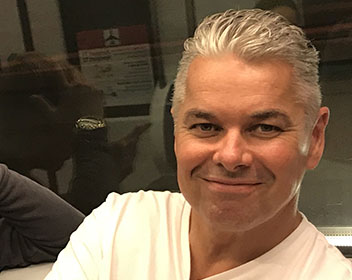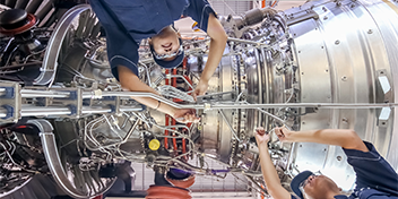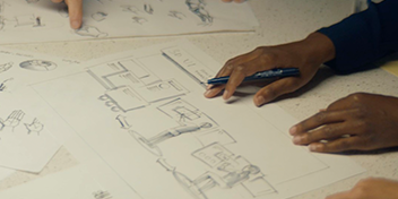What inspired you to become an engineer or pointed you towards an engineering career?
I found that engineering provided a greater degree of technical professionalism and allowed development opportunities within a rapidly changing sector. Affiliation with the Engineering Council also provides invaluable assurance for colleagues and clients.
Please describe your role or position within your workplace.
I am Managing Director of FSSE Limited and Principal Fire Safety Consultant. This includes consulting on all range of fire safety matters which fall within the British Standards and Approved Documents. This will often mean discussing and understanding a non-compliant situation or layout in a property with a client and responding with a solution. It doesn’t include provision of equipment or the installation of any systems, it’s a desk-based or site-based event which leads to a solution which is then implemented or constructed by the client or their developer.
Can you describe a typical working day?
A typical day would begin with a meeting or discussion with principal designers or developers who would be designing or implementing a new scheme, followed by time to incorporate specific fire safety requirements into the scheme to conform with building regulations and fire safety law. Some design issues can be implemented within the constraints of the national guidance and some others require different approaches to ensure the building is safe and fit for occupation. The latter would not involve detailed fire engineering, more typically, it would be looking at adaptations to enable code-compliance or minor deviations from guide-based solutions.
Are there any particular challenges or unusual aspects to your role?
Balancing fire safety requirements with other features at the design stage is particularly challenging. These can differ from the need to incorporate safe green spaces involving a green roof or green walls, to a managed approach for safe and dignified evacuation from buildings for occupants with mobility challenges. Frequently, I find myself working on projects involving existing buildings, and in these cases, there is a need to ensure the existing constraints can work well with the proposed development, such as adding a newly occupied floor above existing floors or ensuring the single stairway is sufficiently protected and ventilated. These issues are often not considered by other consultants and can present as unforeseen design challenges.
What do you find most enjoyable about your job?
On-site work is very fulfilling as face-to-face discussions will often be more effective and can present opportunities to explain technical aspects of the job to clients, as quite often they would not realise the need for certain safety requirements until they are explained well enough in lay-person terms.
Is there a great professional achievement or high-profile accomplishment that you would like to tell us about?
Different jobs and properties with unusual features will often be much more satisfying than standard buildings. I have worked on architecturally sensitive properties from stately-homes to listed-buildings, and these result in the need to maintain or improve fire safety measures whilst ensuring the architectural or heritage features are retained. Oppositely, I have worked on the iconic Brighton i360 which has many unusual features that on face value do not neatly fit within the extant guidance documents. So, working with the client and explaining and discussing solutions is key to achieving safe outcomes.
What contributed to your decision to become professionally registered?
Many of my colleagues within the fire sector understand the linkages and affiliation with engineering. Working within the engineering sector requires a disciplined approach regardless of the specifics of the job, so the alignment with the council’s ethics and core values are crucial when demonstrating competence and professionalism to others.
In what ways has registration benefitted your career?
This is not easy to answer as there may be many more intangible benefits than tangible. The greatest benefit is probably being linked to the council on the professional register and being recognised as an engineering professional by others in the fire sector and within the building and construction professions.
How does your employer benefit from your professional registration?
The company can tender or quote for work with confidence knowing that my associates and I have professional registration with the council. Registration makes the ability to demonstrate competence and technical knowledge much easier and adds much more credibility to the organisation.
Is there any advice you would pass on to someone considering professional registration?
In this profession, it is very difficult to be recognised as a competent fire professional without affiliation with the Engineering Council. By being able to prove your expertise you can have greater influence within the sector and other associated sectors. The route and work required to achieve registration is far outweighed by the benefits of being part of the council.
Where do you see yourself in your career in five years’ time or what are your future ambitions?
In five years, I would want to achieve Incorporated Engineer status and would be seeking to employ an apprentice Fire Engineer to support the development of the business.
Outside work, is there any activity you enjoy doing in your spare time that relates to engineering? For example, do you participate in mentoring, volunteering or membership of other engineering groups?
I volunteer for my local (Seaford) Rotary Club and continue to give my time to young people in sport within my local area. I have previously worked with the NHS to provide support for vulnerable people and always like to engage with local groups in respect to providing professional advice or giving my time to people or issues that I believe to be worthwhile.









